3D had a wild ride all through 1953. As 1953 began, 3D and Bwana Devil was all the talk. Every movie studio rushed to cash in as soon as possible. Of The 16,000 movie theaters, many hundred paid for the upgrades necessary to project 3D, other theaters waited and others would soon upgrade for wide screen projection systems. The theaters which had upgraded to 3D soon had numerous titles to project, unfortunately the movie going public all too soon grew tired of 3D and paying extra to see it. By late summer, too many were predicting the end was near. There were at least two single strip systems offered, but it was probably too late. Fortunately the holiday 3D movie selections brought in large crowds and all began to look rosy. But as the calendars changed to 1954,wide screen came out the winner and movies which had been shot in 3D, were only being released in 2D or playing very few 3D screenings.
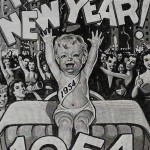
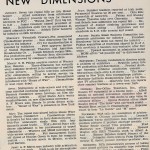
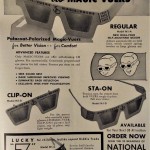
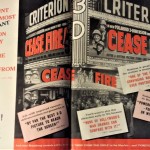
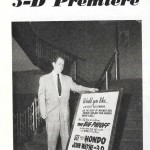
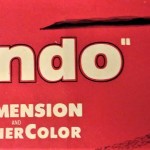

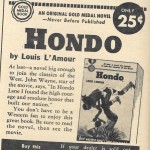
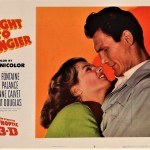
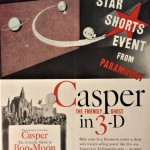
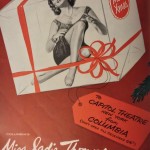
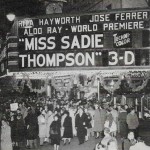
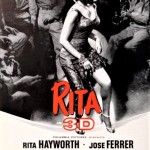
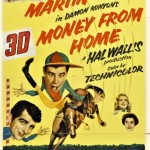
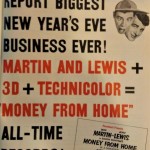
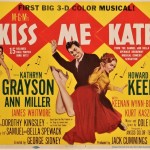
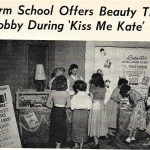

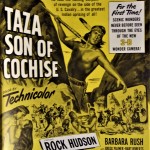

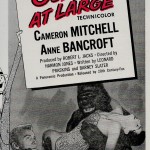
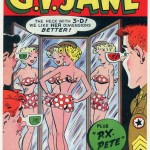
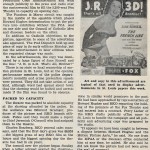
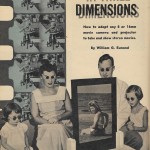
The business model in 1953 was very different from today. Ticket prices for 3-D movies were the same as for 2-D movies, with no surcharges. The only extra charge was for the cardboard 3-D viewing glasses, which were reusable (the patrons took them with them after the show). That was typically 10 cents, even at major theaters. The big cost (in addition to projector modifications, such as projector elevations to accommodate larger reels, synchro selsyns, the reels themselves, polarizers, etc.), involved double the print cost (that was NOT reflected in ticket prices). These were covered by studios, distributors, and exhibitors.
The high cost of printing for 3-D was the major factor in the 3-D demise at that time, as distributors discovered they could service twice as many theaters at the same cost by splitting up the 3-D films into 2-D, which gave them twice as many prints. Thus, the “left coast” and “right coast” phrase arose. Theaters West of the Mississippi river got the left-eye prints and those East of the Mississippi got the right-eye prints. The political connotation occurred much later. An early setback for 3-D occurred with a major press screening for “House of Wax” at the Warner studio theater. The synchro selsyn motors did not arrive in time for the already scheduled screening, so they tied the two projectors together with a bicycle chain. The chain broke during the screening. Since the audience was entirely from the press, this event got a lot of notorious publicity, and 3-D got a bad name in the exhibition industry for unreliability.
Actually, exhibits using synchro selsyns (which nearly all theaters used) were extremely reliable. I saw over 30 3-D movies at that time, every one of which was perfect. Much more reliable than the digital screenings today, which sometimes go out of sync (including the digital sound, even for 2-D, which I have seen at the Burbank AMC).
3D has NOT CHANGE its ways since its invention, and even if the display technology has evolved, the same technology to capture the images has remained unchanged…Now I have discovered the inner works of the human visual system, in the same way that in the 80 s i have invented Holophonics Tm….Now the story is repeating itself…banned from the usa, after a lawsuit for patent and trademark against Sony,and spend some time in JAIL charged with Battery by 4 lawyers from Michael Jackson and sony,My newest invention Holorama Tm ( Holograms that are captured by standard cameras, and played back on standard screens),The industry is closing every door to an outsider…
If you are interested in learning more, find a reporter freelance from a technology magazine and i will submit an interview. Only personal demonstrations can be arranged in argentina were I reside.Cheers.